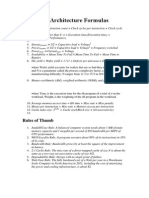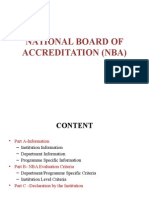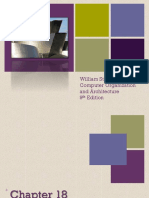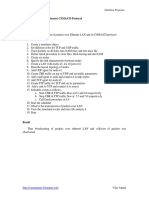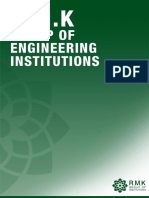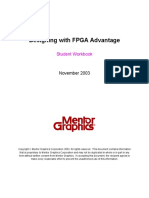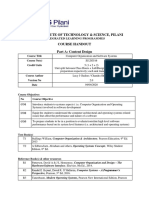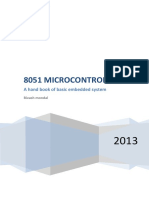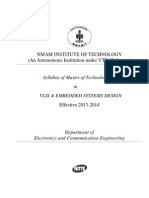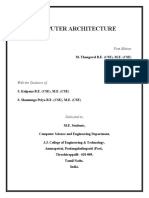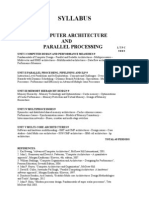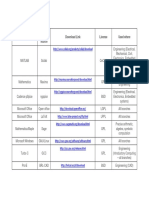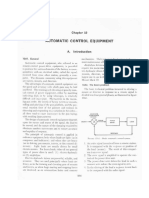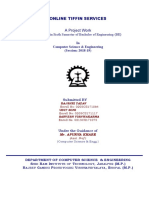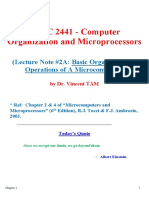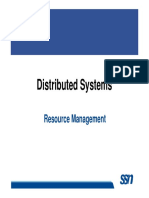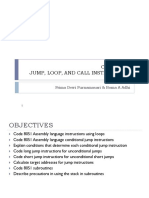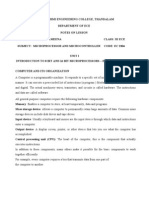100% found this document useful (1 vote)
741 views2 pagesAdvanced Computer Architecture Guide
This document outlines the syllabus for an advanced computer architecture course. The objectives are to understand micro-architectural design of processors and techniques for performance improvement and power savings. The course covers fundamentals of CPU, memory and I/O design trends. It examines instruction-level parallelism techniques like pipelining, dynamic scheduling and speculation. It also looks at data and thread-level parallelism, including vector architectures, GPUs and multi-threading. Memory and I/O architectures are discussed as well as cache performance and multi-processor issues. The outcomes are to evaluate different architectures, analyze ILP techniques, and identify cache and memory challenges in multi-processors.
Uploaded by
Radha Mathurapathi Das JpsCopyright
© © All Rights Reserved
We take content rights seriously. If you suspect this is your content, claim it here.
Available Formats
Download as DOCX, PDF, TXT or read online on Scribd
100% found this document useful (1 vote)
741 views2 pagesAdvanced Computer Architecture Guide
This document outlines the syllabus for an advanced computer architecture course. The objectives are to understand micro-architectural design of processors and techniques for performance improvement and power savings. The course covers fundamentals of CPU, memory and I/O design trends. It examines instruction-level parallelism techniques like pipelining, dynamic scheduling and speculation. It also looks at data and thread-level parallelism, including vector architectures, GPUs and multi-threading. Memory and I/O architectures are discussed as well as cache performance and multi-processor issues. The outcomes are to evaluate different architectures, analyze ILP techniques, and identify cache and memory challenges in multi-processors.
Uploaded by
Radha Mathurapathi Das JpsCopyright
© © All Rights Reserved
We take content rights seriously. If you suspect this is your content, claim it here.
Available Formats
Download as DOCX, PDF, TXT or read online on Scribd
/ 2
